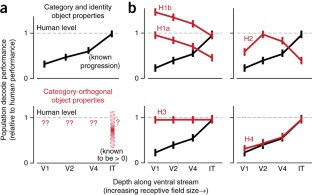2025-04-15 ワシントン州立大学(WSU)
<関連情報>
- https://news.wsu.edu/press-release/2025/04/15/bat-cells-could-aid-in-fighting-humans-most-deadly-diseases/
- https://journals.plos.org/plosbiology/article?id=10.1371/journal.pbio.3003098
コウモリのツールボックスの拡張 コウモリの細胞株と試薬により、ウイルス感受性と自然免疫応答の特性解析が可能になる Expanding the bat toolbox: Carollia perspicillata bat cell lines and reagents enable the characterization of viral susceptibility and innate immune responses
Victoria Gonzalez,Cierra Word,Nahomi Guerra-Pilaquinga,Mitra Mazinani,Stephen Fawcett,Christine Portfors,Darryl Falzarano,Alison M. Kell,Rohit K. Jangra,Arinjay Banerjee
PLOS Biology Published: April 15, 2025
DOI:https://doi.org/10.1371/journal.pbio.3003098
Abstract
Multiple viruses that are highly pathogenic in humans are known to have evolved in bats. How bats tolerate infection with these viruses, however, is poorly understood. As viruses engage in a wide range of interactions with their hosts, it is essential to study bat viruses in a system that resembles their natural environment like bat-derived in vitro cellular models. However, stable and accessible bat cell lines are not widely available for the broader scientific community. Here, we generated in vitro reagents for the Seba’s short-tailed bat (Carollia perspicillata), tested multiple methods of immortalization, and characterized their susceptibility to virus infection and response to immune stimulation. Using pseudotyped virus library and authentic virus infections, we show that these C. perspicillata cell lines derived from a diverse array of tissues are susceptible to viruses bearing the glycoprotein of numerous orthohantaviruses, including Andes and Hantaan virus and are also susceptible to live hantavirus infection. Furthermore, stimulation with synthetic double-stranded RNA prior to infection with vesicular stomatitis virus and Middle Eastern respiratory syndrome coronavirus induced a protective antiviral response, demonstrating the suitability of our cell lines to study the bat antiviral immune response. Taken together, the approaches outlined here will inform future efforts to develop in vitro tools for virology from non-model organisms and these C. perspicillata cell lines will enable studies on virus–host interactions in these bats.


